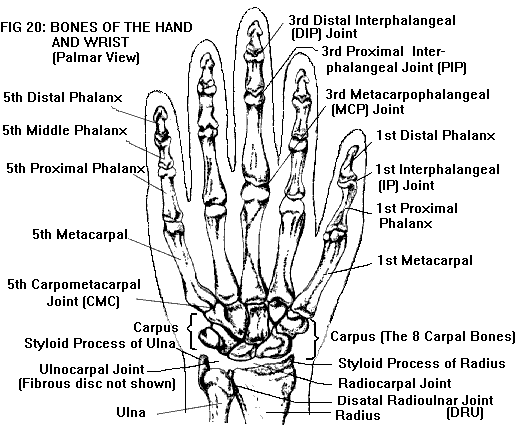Now, on to usage…been doing some conditioning work, and I’m curious as to the proper striking surface for a boshiken, particularly the thumb strike surface.
I did some web research as well as trying various things, and found three options, one of which is just wrong (IMO). Of course, I am only trying to work and figure out things, so I’m looking for the opinions of other newbies as well as experienced Karateka and teachers.
The first was pulling the thumb back so that it was just fingertips and tip of thumb that are the striking surface. That just seems wrong and more of a palm strike to me.
The second was the tiger hooked fingers and the first joint of the thumb. So the striking surface is the finger tips and the point where your thumb joins the hand. I can see and feel strength here as it seems to align the bones in your hand and wrist. It’s a bit harder to get the angle right if you are striking forward and seems to lend itself more for striking up and/or in (like the double boshikens in Sanchin). But it looks like it could encourage risk of a sprained thumb injury trhough force of impact, similar to but in a different direction from “skier’s thumb”, as noted here: http://www.nigoalkeeping.com/Home/Treatment.htm
(about ½ way down this long page under “sprained thumb injury explained”

The third option was the fingertips and second joint of the thumb (bend of 1st metacarpal and 1st proximal phalanx, as best I can tell in this diagram):

This seems to be easier to align the joint and support it with the palm, but easier doesn’t always mean right. I can also see the risk of jamming the thumb as well. In practice, I found I had to really hold the thumb firmly against my palm or it simply felt...wrong.
It occurred to me that women’s hands, on average, tend to be smaller and sometimes longer/thinner. I’m not sure that equates to more fragile, but it’s something to consider. So what, in your opinion, is the proper striking surface on a boshiken, for strength and proper application? I’ve been taught this in both of the last two methods and seen both used by the same karateka in a kata…so is one more “right” than the other?
